Whirlwind Chang e 6 mission collects lunar samples
Monday, June 10, 2024

|
Richard Harris |
China’s Chang’e 6 mission has landed on the Moon's farside and is preparing to return with lunar samples. This mission combines previous skills of a farside landing and rapid sample return, showcasing advanced engineering. The collected samples will help study the Moon's history and formation.
China's Chang’e 6 mission has achieved a historic milestone by landing on the Moon's farside and preparing to return with lunar samples.
Whirlwind Chang'e 6 mission collects lunar samples, heads back home
(June 4th): Within a busy 48 hours, Chang’e 6 successfully sent back surface images, deployed scientific instruments, and released a small rover for a lander "selfie." Most importantly, it collected lunar samples from the surface and through drilling. The ascent vehicle launched from the site on June 3rd at 23:38 UT, aiming to rendezvous with the lunar orbiter for the return to Earth.
On June 1st, the China National Space Agency (CNSA) celebrated a successful soft landing of Chang’e 6 in Apollo Crater, located within the South-Pole-Aitken Basin on the lunar farside. The touchdown occurred at 22:23 Universal Time (UT).
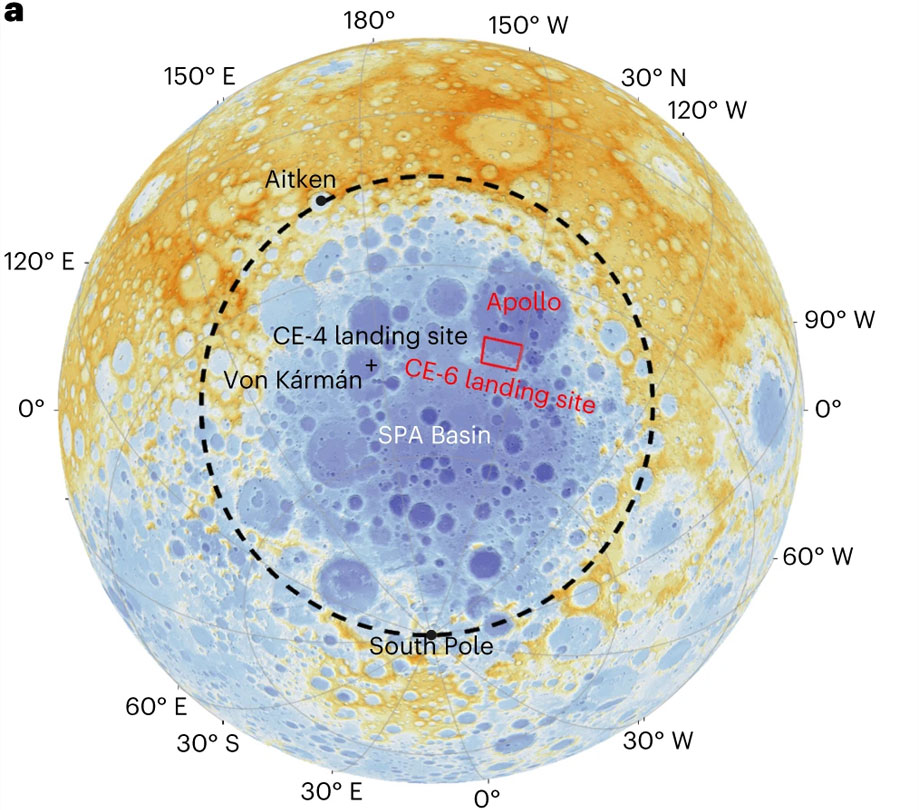
The farside landing
The mission launched on May 3rd from Wenchang Space Launch Site via a Long March 5 rocket. Combining a farside landing (as demonstrated by Chang’e 4 in 2019) and a rapid sample return (as seen with Chang’e 5 in 2020), the mission showcases advanced engineering and significant risks, as stated by Li Yi (CNSA).
China released a descent video and a press release on the landing. The mission is set to collect up to 2 kilograms (4.4 pounds) of lunar soil using the lander’s robotic arm and drill, with a launch of the ascent vehicle expected within 48 hours of landing. The ascent vehicle will then rendezvous with the sample return vehicle in low lunar orbit, aiming for a sample capsule return over Inner Mongolia in late June.
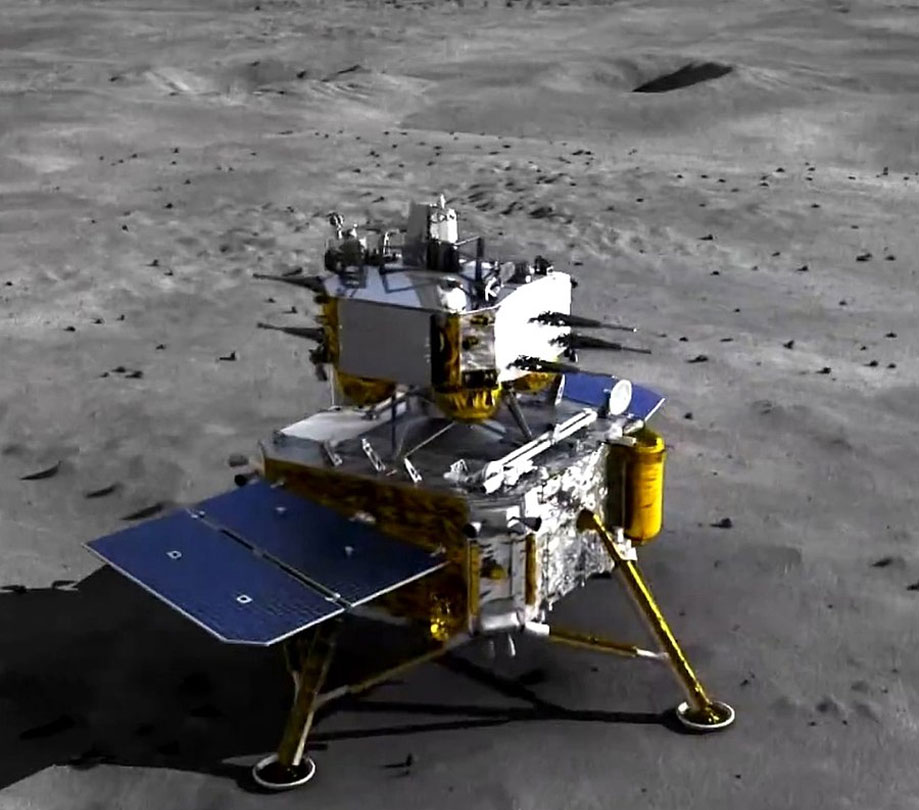
Mission objectives
Samples from the lunar farside will help scientists understand the Moon's history and formation, particularly the differences between the farside and nearside. Future missions may also explore resources such as water ice in the polar regions.
France’s CNES and the European Space Agency (ESA) are contributing a negative ion detector and radon detector, while Italy has deployed a laser retro reflector on the spacecraft. China’s Academy of Sciences (CAS) has a small mini-rover on the lander, operational until the ascent vehicle departs.
China’s Queqiao 2 orbiter, launched in March, is serving as a relay for the mission.
China's lunar program has been highly successful, with each mission in the Chang’e series meeting its objectives. However, recent lunar missions worldwide have faced mixed results, with notable failures and successes, such as India’s Chandrayaan 3.
Looking ahead, China plans to launch Chang'e 7, an orbiter/lander/rover combo with a "mini-hopper" lunar probe, in 2026, and Chang'e 8 in 2028 to test technologies for a lunar base. There might be crewed lunar missions by the early 2030s.
China also achieved a significant milestone with the Tianwen 1 Mars mission in 2021. The success of lunar sample return missions could pave the way for a future Mars sample return program. In the short term, watch for the return of the first lunar farside samples from Chang’e 6 in late June.
ScopeTrader's latest survey
Featured Stories

Stay Updated
Sign up for our newsletter for the headlines delivered to youSuccessFull SignUp

|


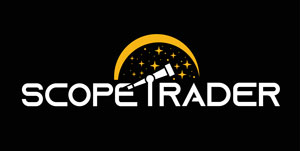
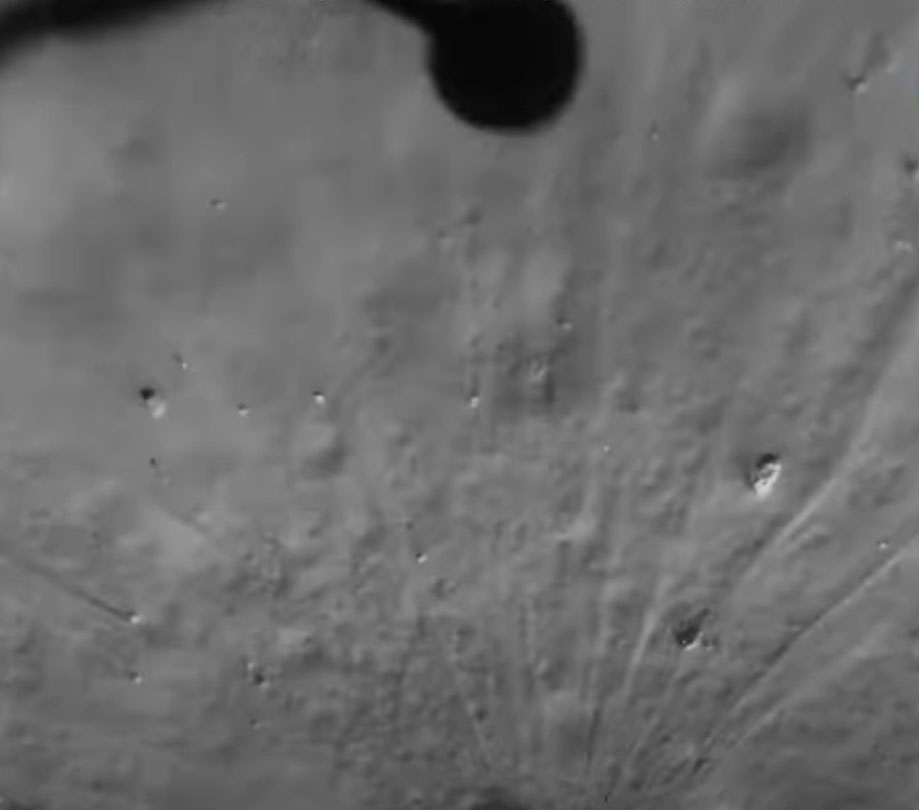

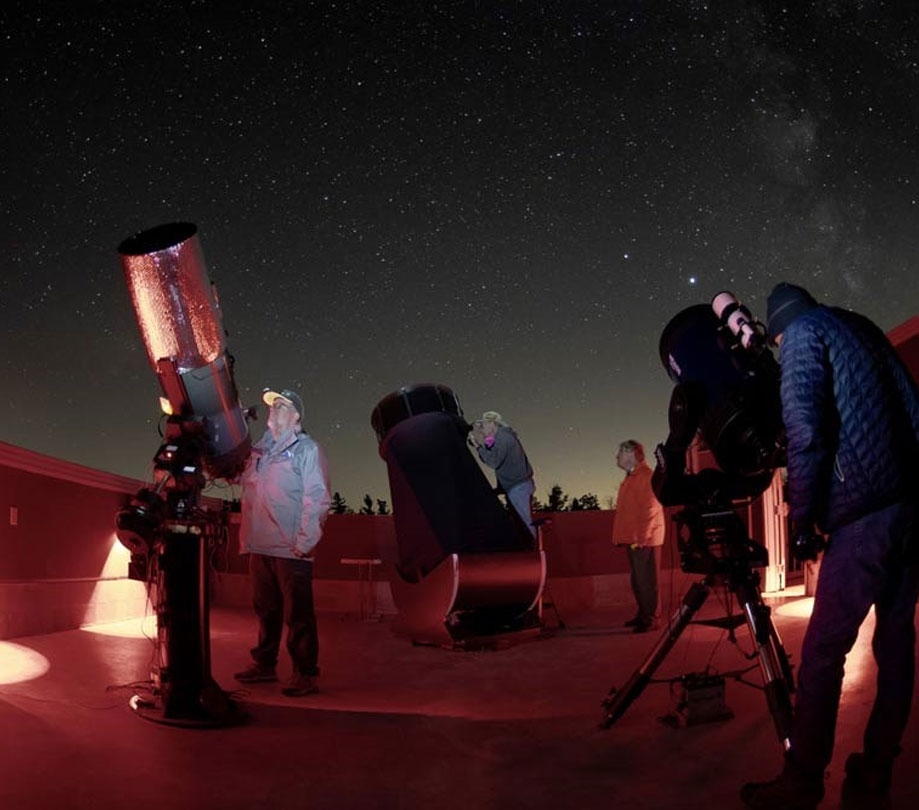
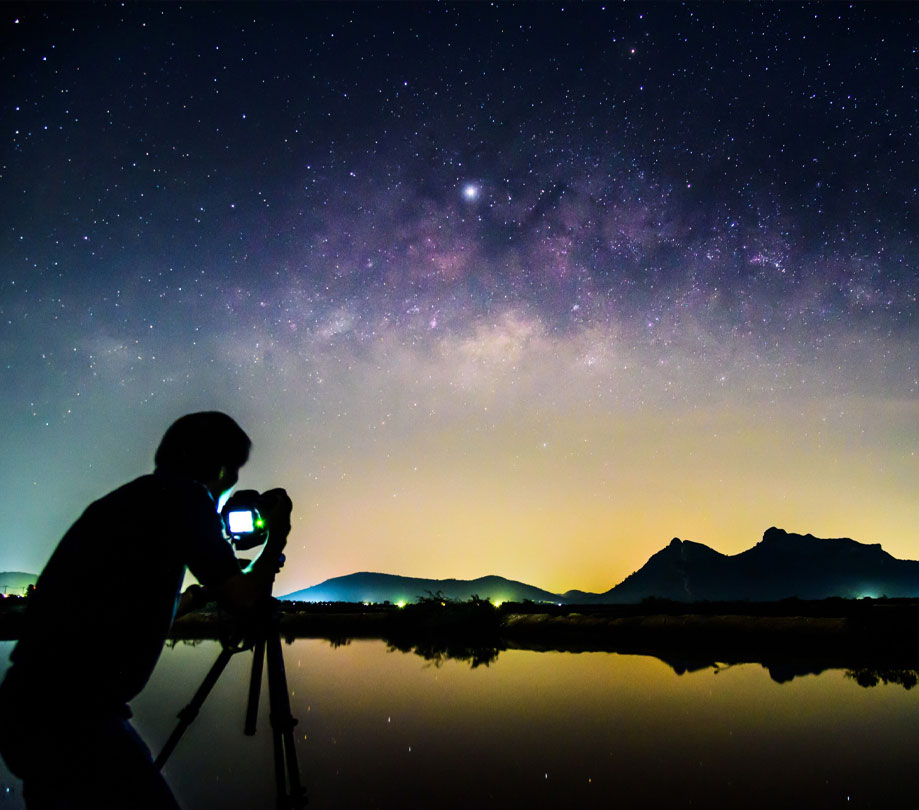
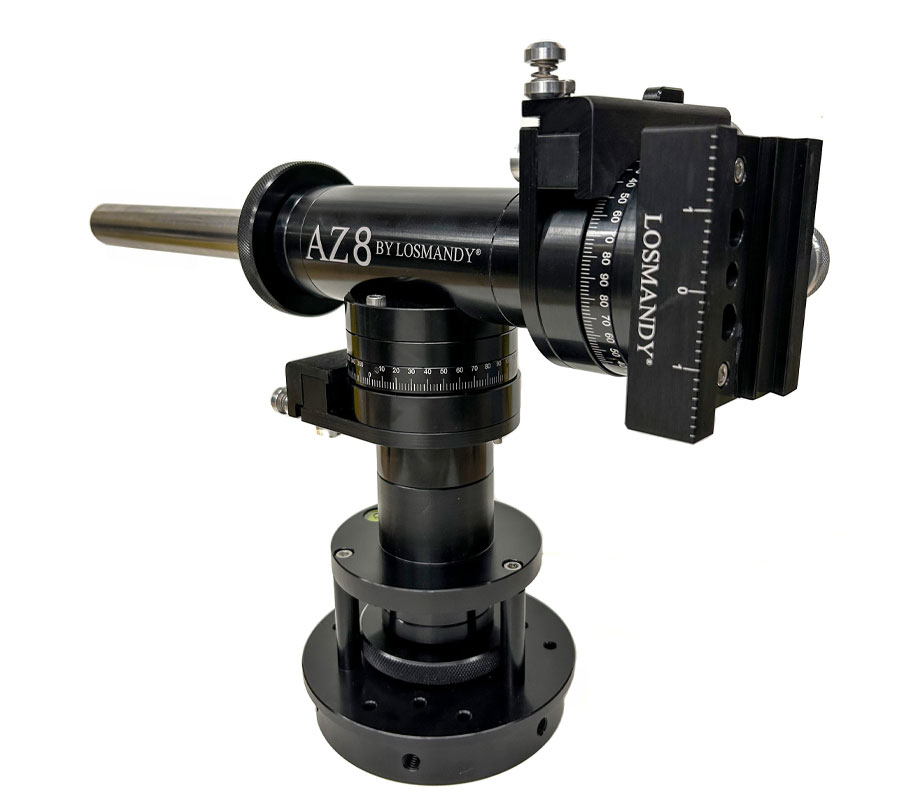
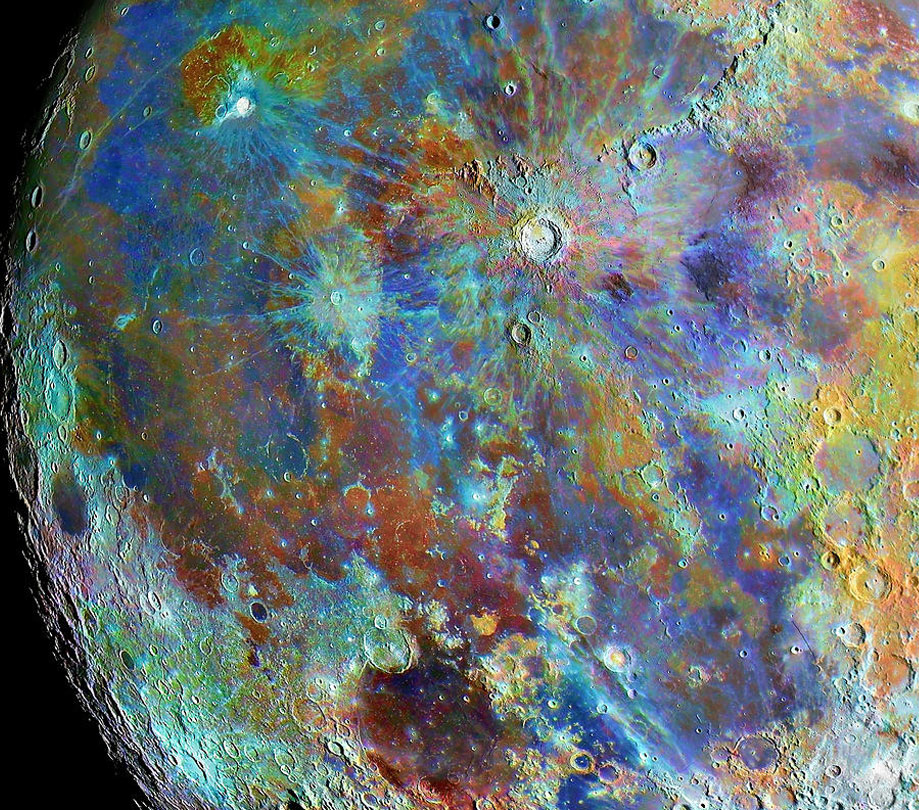
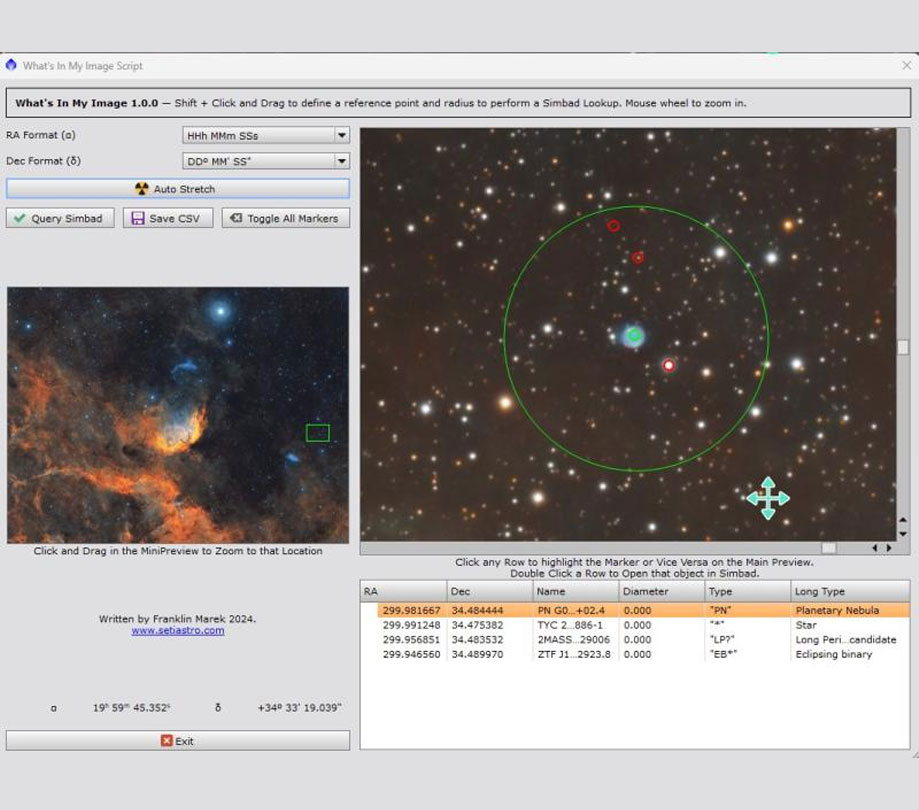
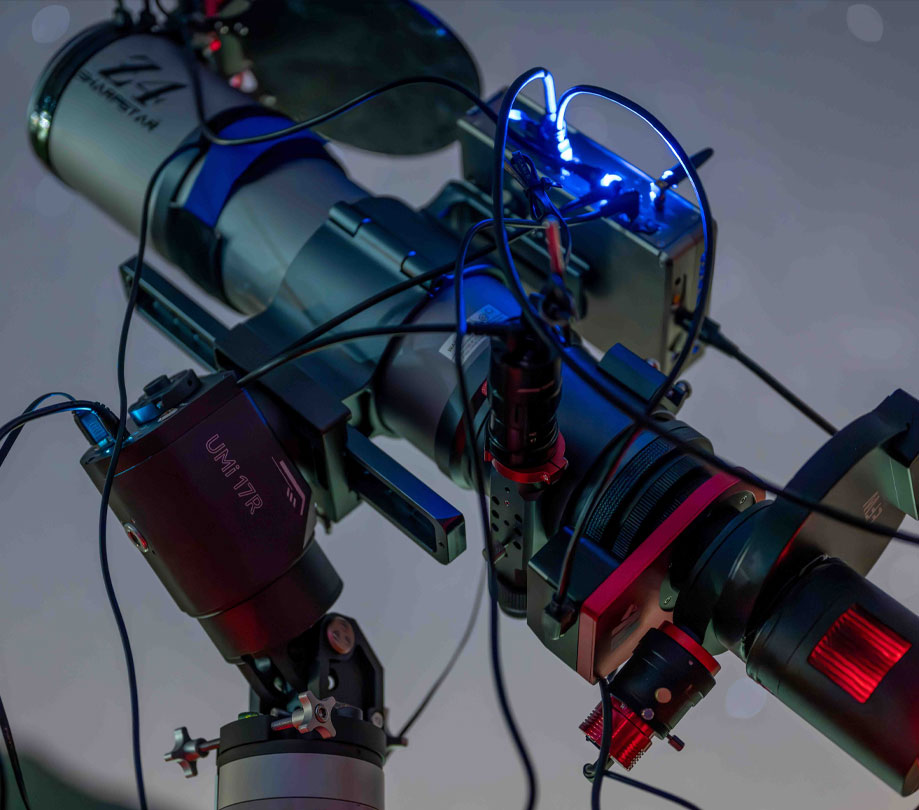
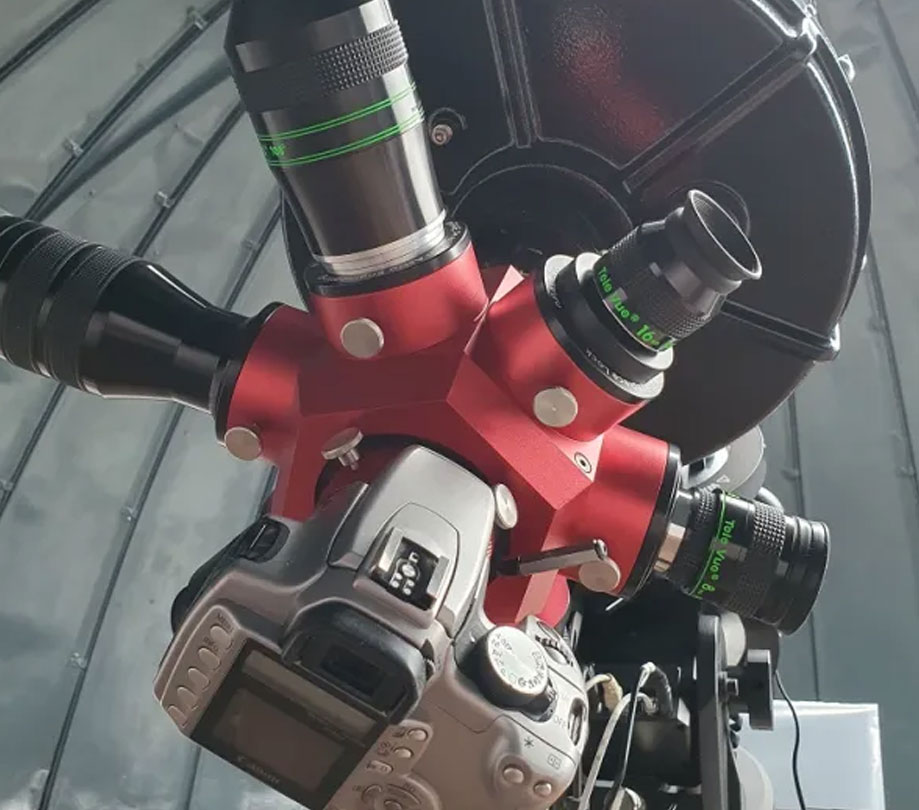
Comments